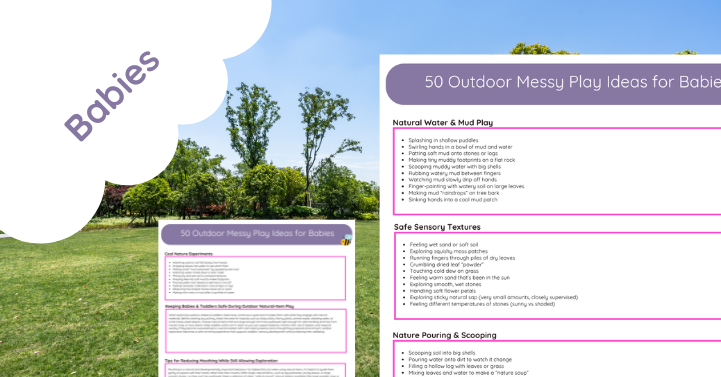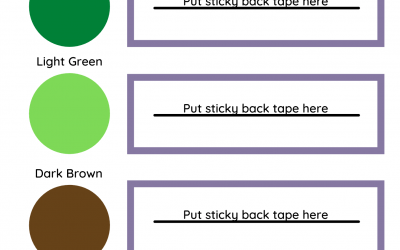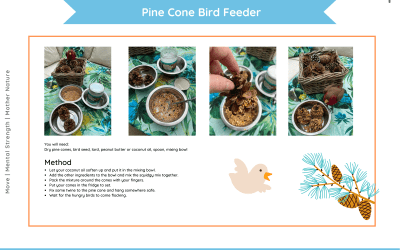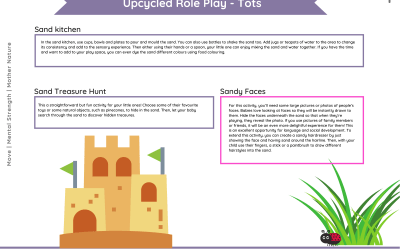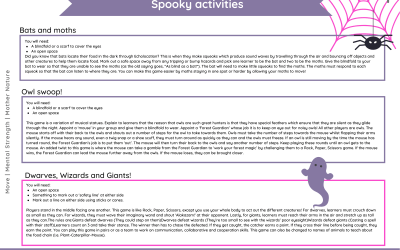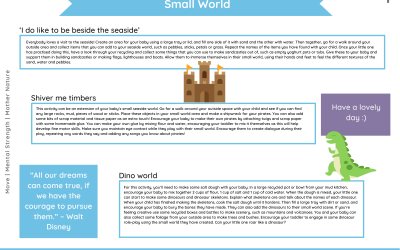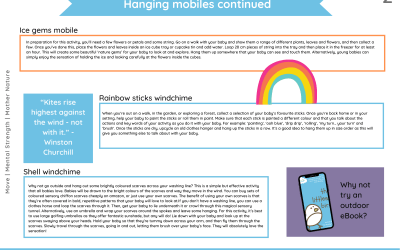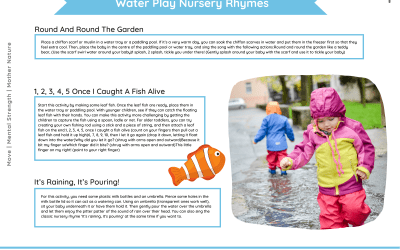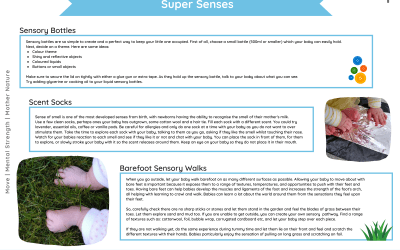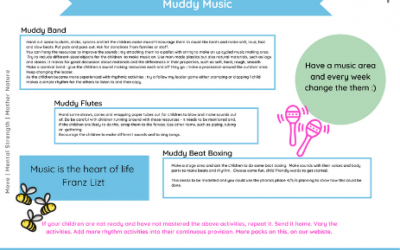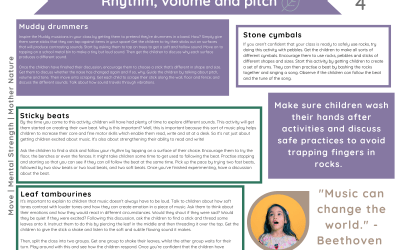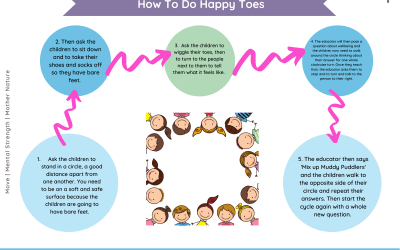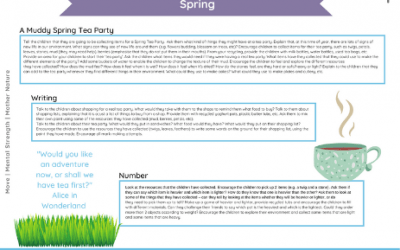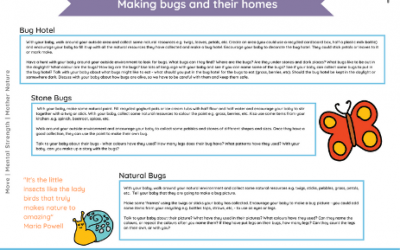Use the Butterfly Spotter Activity Sheet to get the children outside applying their Science and knowledge in an active...
Autumn Colour Spotter Sheet Activity
Jan 22, 2021
Use the Autumn Colour Spotter Activity Sheet to get the children outside applying their maths while they connect with...
Summer Colour Spotter Activity Sheet
Jan 22, 2021
Use the Summer Colour Spotter Activity Sheet to get the children outside applying their maths while they connect with...
Spring Spotter Activity Sheet
Jan 22, 2021
Use the Spring Spotter Activity Sheet to get the children outside applying their maths while they connect with nature...
Winter Colours Art Activity Sheet
Jan 21, 2021
Use the fabulous Winter Colours Art Activity Sheet to get the children outside applying their maths while they connect...
Winter Colour Spotter Activity Sheet
Jan 21, 2021
Use the mud-tastic Winter Colour Spotter Sheet to get the children outside applying their maths while tey connect with...
Pine Cones Bird Feeders
Jan 6, 2021
Pine Cone Feeders In a nutshell: Use Pine Cones Feeders to help support the learning at home through using natural,...
Mud and Sand Play Ideas
Dec 5, 2020
Use Mud and Sand play ideas to get more of the in the moment ideas across that will draw your curiosity in your...
Horrible Halloween Lesson Ideas Pack
Oct 22, 2020
Use our Horrible Halloween Ideas Pack to get lots of ideas and ways to make Halloween special in your class.
Up-cycling Small World Play
Sep 30, 2020
Use Up-cycling Small World Play to help your baby and tot enjoy some free and creative learning.
Hanging Mobiles and Washing Line Play
Sep 17, 2020
Use Hanging Mobiles and Washing Line Play to make the most out of a lovely day with your baby
Water Play and Bubbles Ideas Pack
Sep 17, 2020
Put giggles on the top of your list with Water Play and Bubbles Idea Pack. All using natural and upcycled materials.
Sensory Ideas for Babies
Sep 2, 2020
Use Sensory Ideas for Babies to help your baby learn the Muddy Puddle Teacher way. Use natural and upcycled items to learn & make memories.
Rhythm Outdoor Continuous Provision Ideas
Jul 22, 2020
30 Minute Bug Craft Ideas
Early Years Outdoor Music
Jul 19, 2020
Have you ever thought about taking music outdoors? Using the natural world to help children understand tone, tempo and rhythm can be very refreshing and help embed the learning better. Music EYFS will also give ideas on how to make natural instruments and using nature s inspiration.
Happy Toes (Sensory Ideas Pack)
Jul 19, 2020
A strategy to help children open up and talk
Outside Messy Sensory Activities
Jul 17, 2020
Messy play is such an important aspect of any child’s education, it is how they start to understand the world. Use Messy Play for Early years to make this happen at your setting.
Babies and Bugs (Ideas Pack)
Jul 17, 2020
Bugs Babies 0-2 years
New In
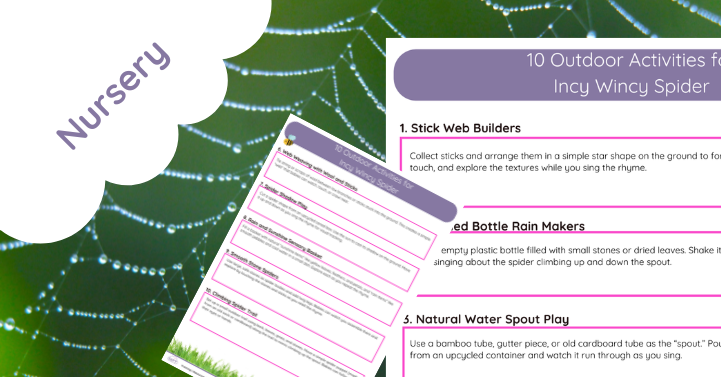
10 Outdoor Activities for Incy Wincy Spider
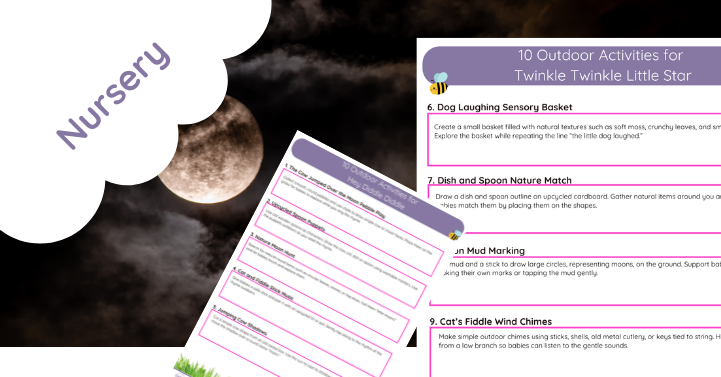
10 Outdoor Hey Diddle Diddle Activity Ideas
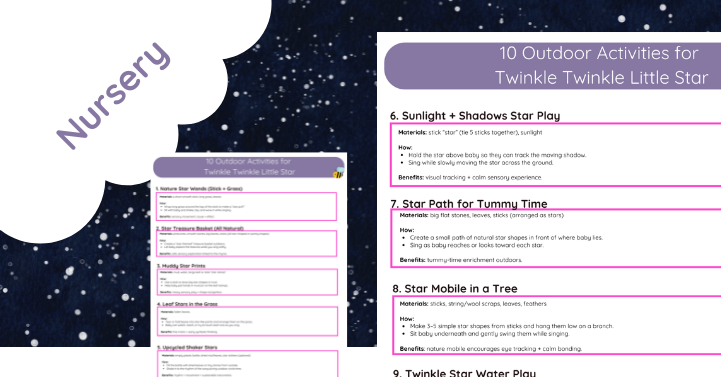
10 Outdoor Activities for Twinkle Twinkle Little Star
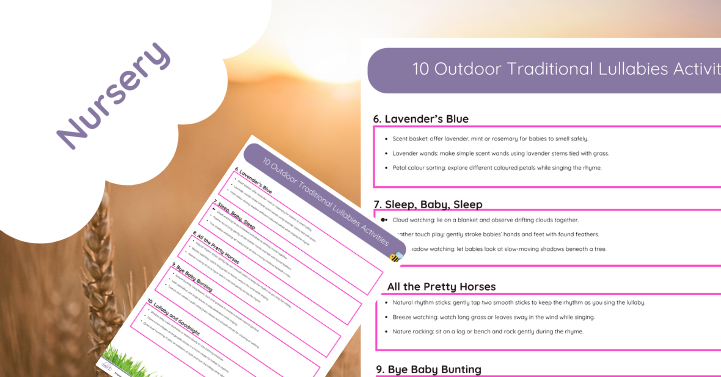
Outdoor Lullaby Activities for Babies
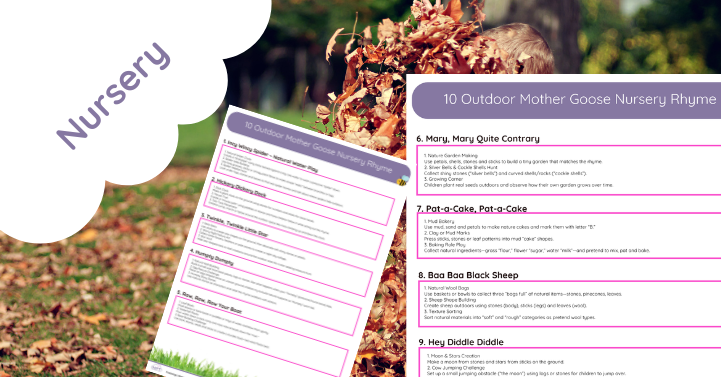
10 Outdoor Mother Goose Nursery Rhyme Activities
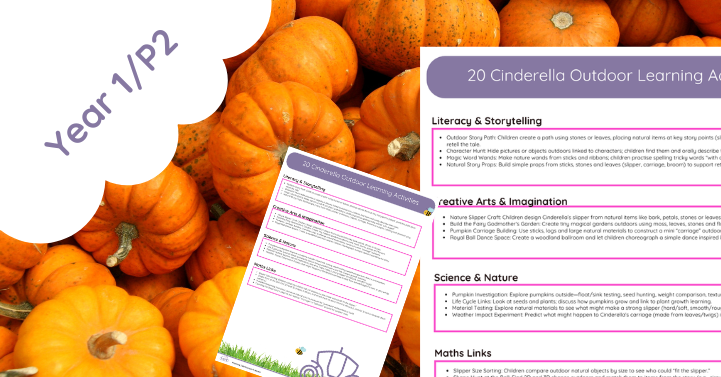
20 Cinderella Outdoor Learning Activities

Meet the Weather by Caryl Hart (20 Outdoor Activities)
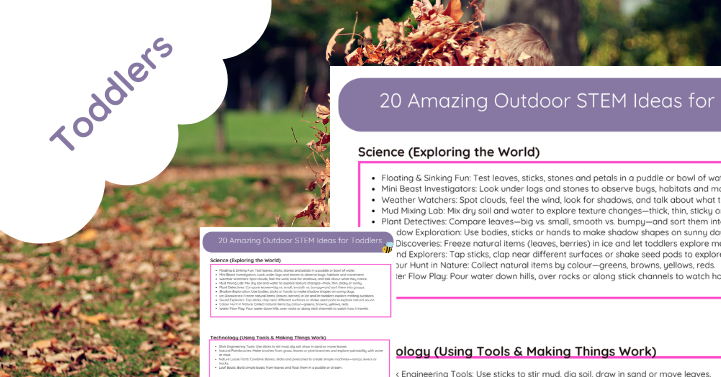
20 Amazing Outdoor STEM Ideas for Toddlers
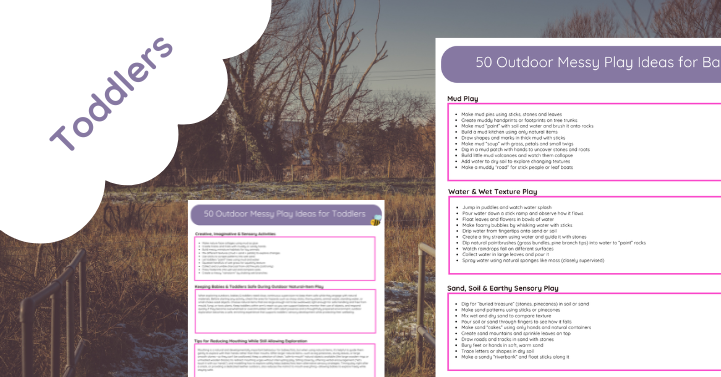
50 Outdoor Messy Play Ideas for Toddlers Using Natural Items
